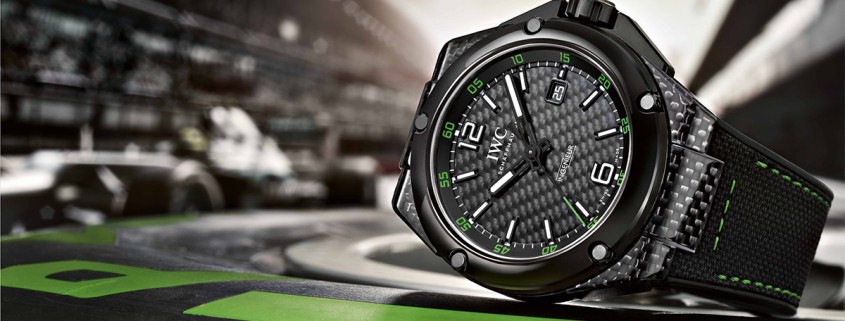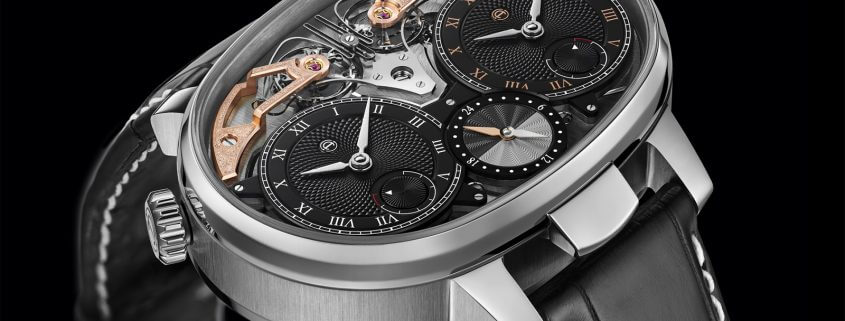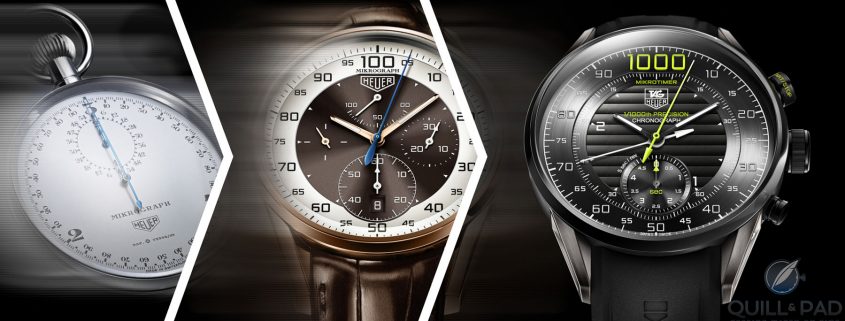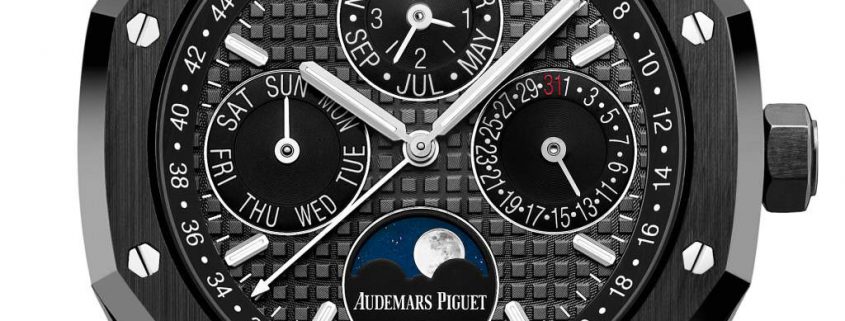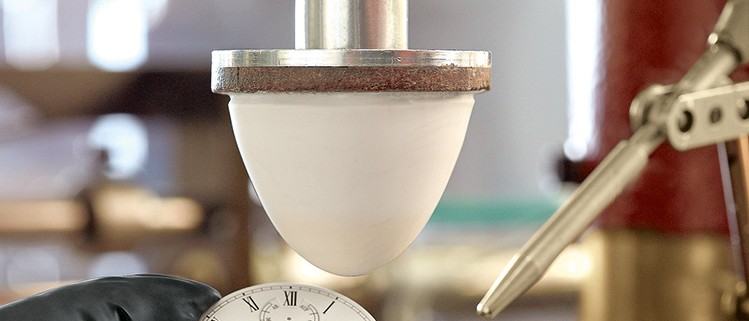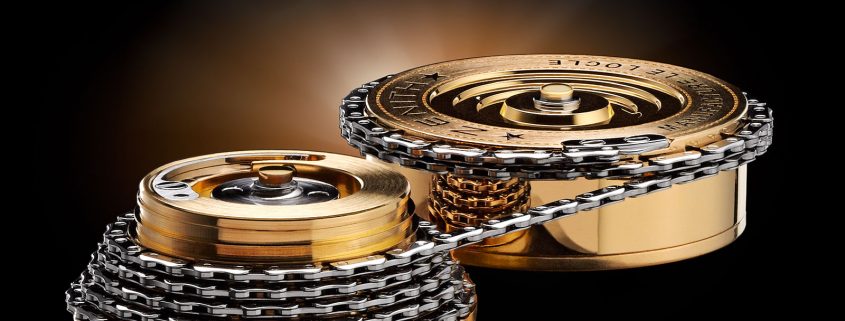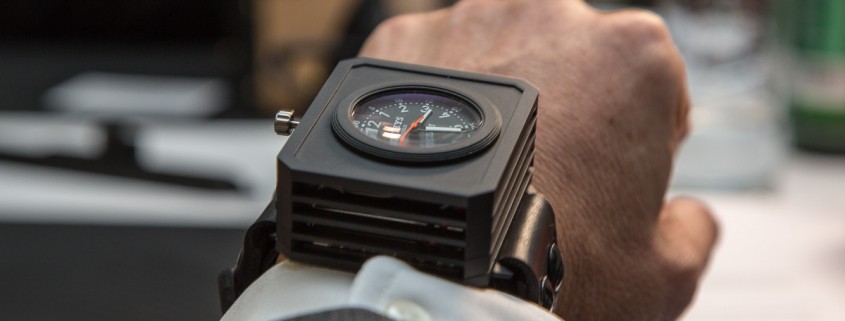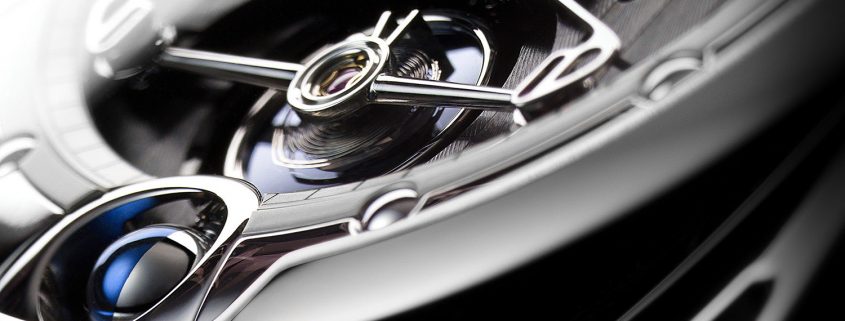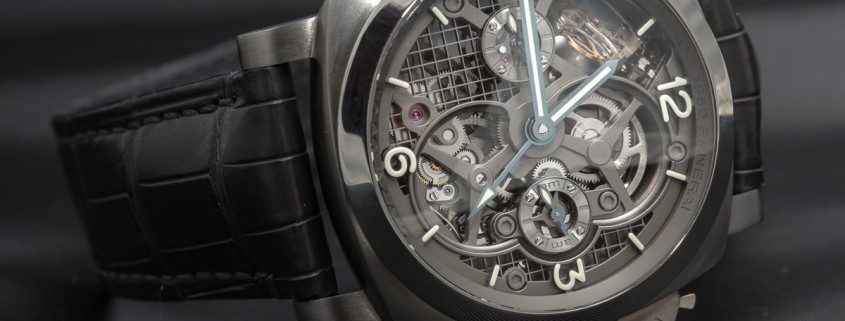Focus On Technology: Plastics In Watches And Why We Are Likely To See More Of Them – Reprise
Exotic materials: love them or hate them? And where are you in regard to plastics, which are ever-increasingly appearing in wristwatch cases and movements? Here’s a recap of that story so far.

